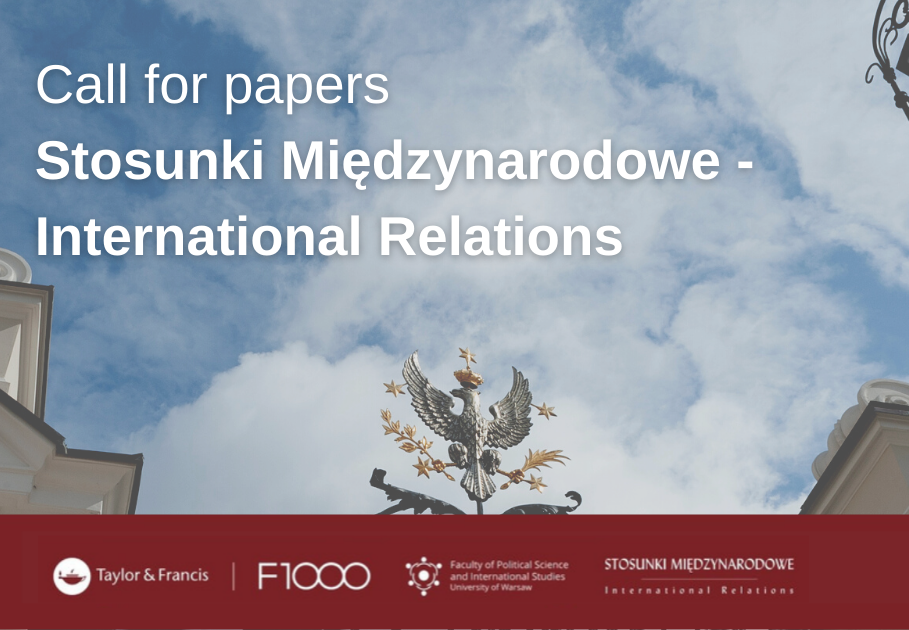About the Journal
Aims and scope
Editorial Board and Advisory Board
Ethics Policy
Privacy Policy (GDPR)
Contact
Current issue
Archive
For Authors
Call for Papers - New Publishing Platform of SM-IR
Guidelines for Authors
Formal requirements - structure of texts
Editorial requirements
Review procedure
Reviewing rules
Review process
Review procedure
Reviewing rules
Guidelines for Reviewers
Policies/Ethical Code
Contact
ARTICLE
Treaty on the Prohibition of Nuclear Weapons
1
Społeczna Akademia Nauk
Publication date: 2017-09-30
Stosunki Międzynarodowe – International Relations 2017;53(3):35-50
KEYWORDS
nuclear weaponsweapons of mass destructiondisarmamentdenuclearisationprohibitionusenon-proliferationban
ABSTRACT
The Treaty on the Prohibition of Nuclear Weapons was adopted on 7 July 2017,
with 122 countries for and only one (the Netherlands) against, and with Singapore
abstaining. The nine countries with nuclear weapons and countries allied with them
did not take part in work on the Treaty or in the vote. The Treaty was signed on
20 September 2017 by 50 states and has already been ratified by three countries –
the Holy See, Guyana and Thailand. It will enter into force once ratified by all
50 countries. Art. 1 of the Treaty obliges the states parties not to develop, test,
manufacture, transfer, take control of, use or threaten to use nuclear weapons under
any circumstances. The negative attitude of the nuclear states toward the Treaty
will have no bearing on when it enters into force and on the number of acceding
parties. The prospect of achieving full and universal nuclear disarmament is distant,
if at all realistic within the prescribed time period. However, from the standpoint
of international law, the Treaty has tremendous historical significance since it actually
delegalizes nuclear weapons, which is important with regard to prohibiting their
use. This means that once the Treaty enters into force, all three kinds of weapons
of mass destruction will have the same status. They will be illegal.
Share
We process personal data collected when visiting the website. The function of obtaining information about users and their behavior is carried out by voluntarily entered information in forms and saving cookies in end devices. Data, including cookies, are used to provide services, improve the user experience and to analyze the traffic in accordance with the Privacy policy. Data are also collected and processed by Google Analytics tool (more).
You can change cookies settings in your browser. Restricted use of cookies in the browser configuration may affect some functionalities of the website.
You can change cookies settings in your browser. Restricted use of cookies in the browser configuration may affect some functionalities of the website.



